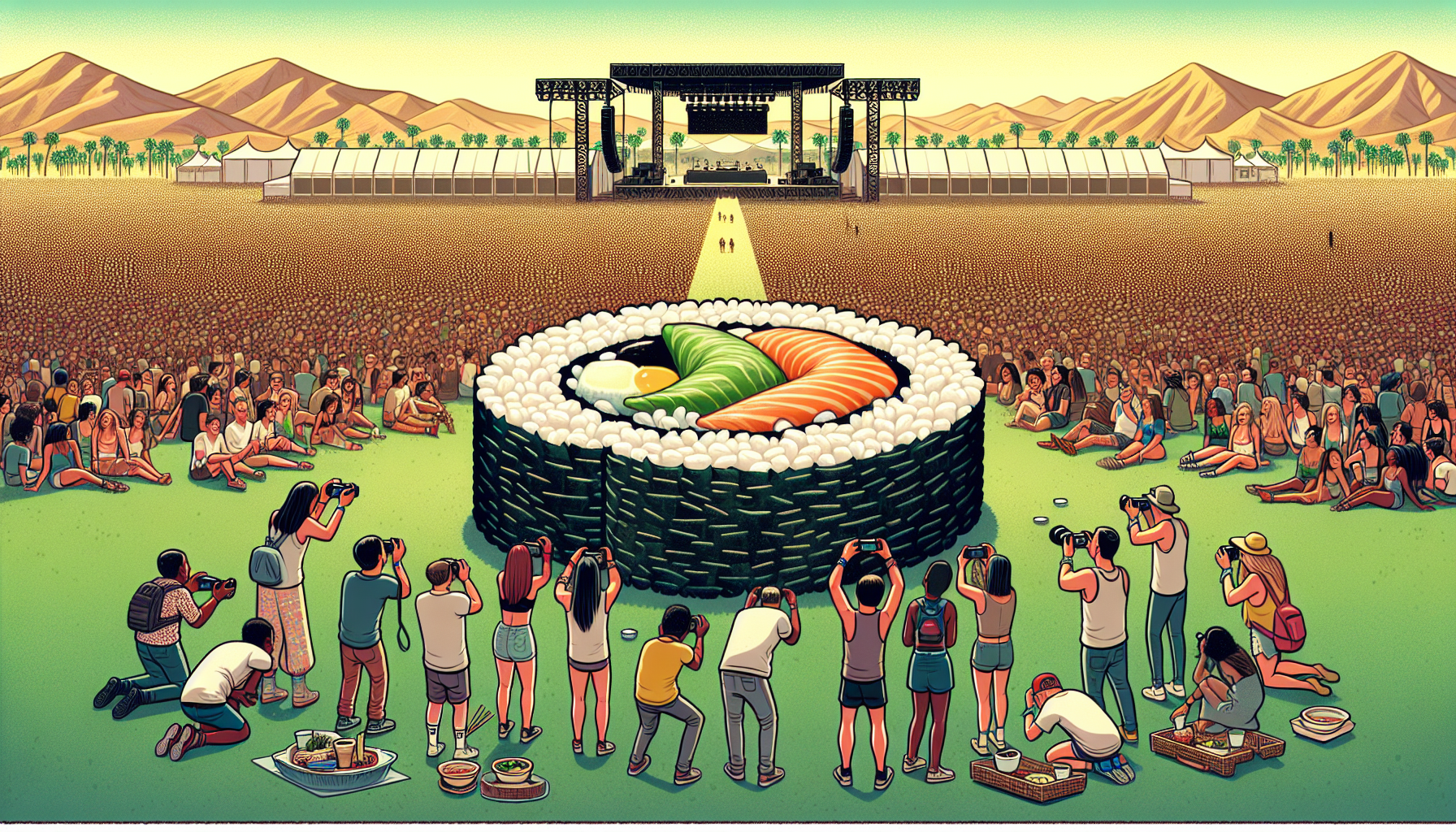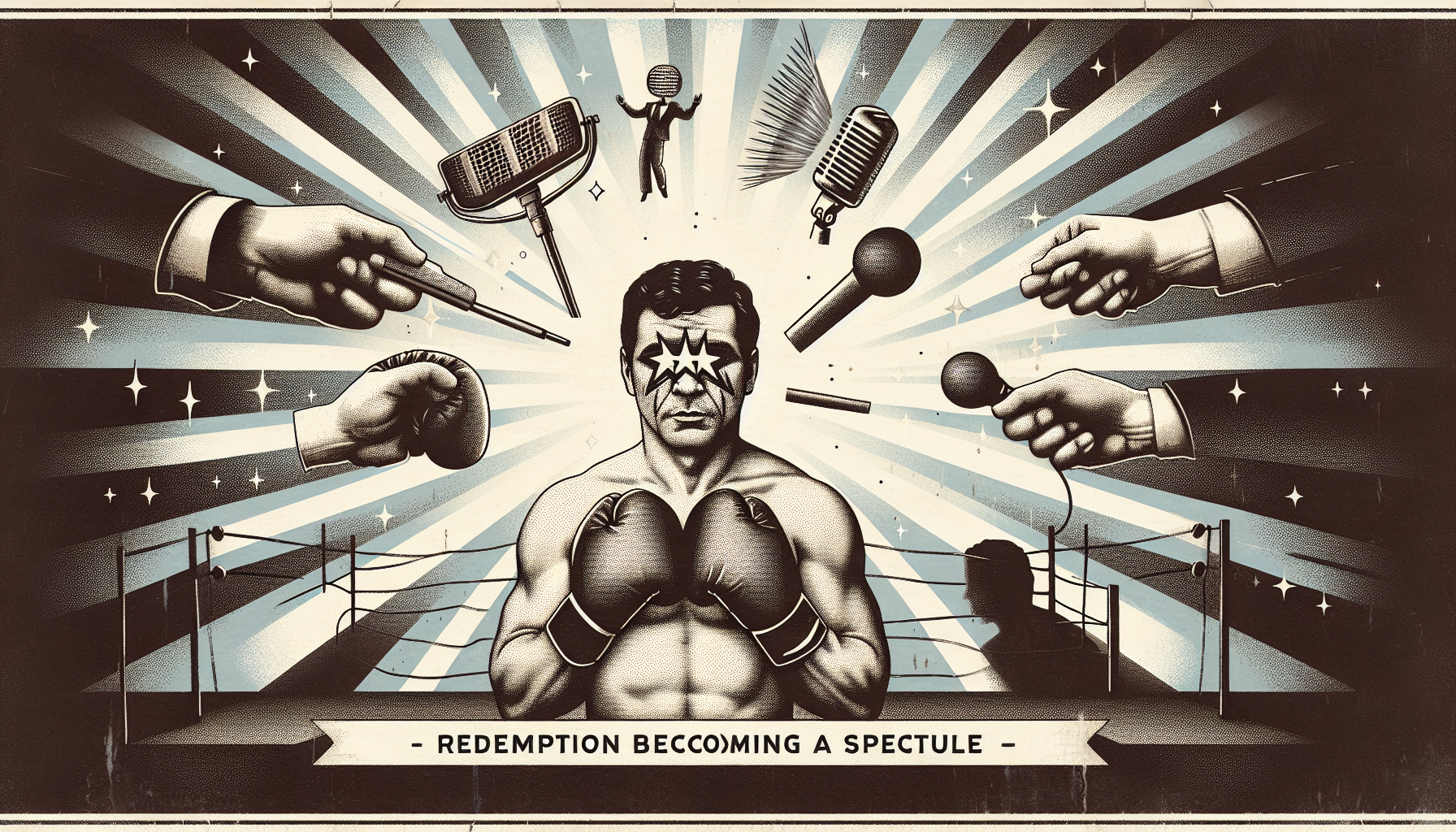Title: Sushi, Stardom, and the Great Disconnect: When Coachella Goes Caviar and the Internet Cracks
Dear readers,
What happens when the dream of digital influence butts heads with the hard truth of economic disparity? When a plate of sushi becomes a cultural Rorschach test? This week, the internet gave us an answer in a half-empty Bento box—and it wasn’t pretty.
Our scene: Coachella 2025. The dust-whipped haven of desert cool where music, mirages, and mega-brand partnerships collide under the California sun. Enter Adelaine Morin—a YouTuber turned Insta-icon turned TikTok tastemaker—documenting what she called a “once-in-a-lifetime experience.” But it wasn’t Frank Ocean or Phoebe Bridgers that stole the show. It was dinner. A $1,000 dinner.
Dinner or Distortion?
Adelaine's now-viral TikTok begins like a festival fairytale: camping tents fade behind her, the desert horizon shimmering ahead, until she reaches the gates of—you guessed it—Nobu. Not an artist. Not a stage. A sushi institution flown in, reservation-only, and planted delicately next to Coachella’s Quasar stage. As her voice-over narrates omakase dreams and DJ beats, she reveals the damage: $350 per person, 22% gratuity mandatory, and a to-go Bento Box punishment if you're even fashionably late.
The receipts? Literal and digital. And they have since ignited a backlash as sharp as Nobu’s deba knife.
As one commenter put it: “Girl, none of us can even afford groceries, let alone Coachella, let alone Nobu at Coachella.”
On the Menu: Outrage
Let’s be clear: This wasn’t just about sushi. It was about timing, tone, and a TikTok that, unintentionally, poured soy sauce into a wound. With inflation climbing, rent skyrocketing, and many barely able to afford food—or tickets to the actual festival—Morin’s luxe content landed like a misread room on mute.
Many viewers, drowning in student debt or skipping breakfast to make rent, saw something familiar: not envy, but exhaustion. Not aspiration, but alienation. The post went viral, not because it showcased success, but because it showcased the gap—between perception and reality, access and spectacle, the influencer class and the rest of us.
Influence, Interrupted
Morin’s intent may have been innocent. Aesthetic, even. “God forbid a girl catches a vibe at a sushi restaurant and vlogs it,” she retorted to a commenter. And sure—it’s not criminal to enjoy sashimi while Tiësto spins across the lawn. But content exists in context. And this one blurred into satire.
It brings to mind a similar moment from earlier this year when a fashion influencer faced heat for claiming an “$800 skincare routine is cheaper than therapy.” Internet friction ensued. But while that self-care spiral may have been brushed off with a wink, Morin’s video touched something rawer. Perhaps it’s because it happened at Coachella—a festival that once championed indie grit, now slowly rebranded as an elite playground for those who can afford the wristbands, the glam tents, and yes, the omakase.
The Monetized Mirage of Coachella
Let us not forget: General admission this year started at $649. VIP at $1,199. And that doesn’t count lodging, transportation, or food. What was once a music milestone has become a luxury package deal, increasingly disconnected from the crowds it was built to serve.
Morin’s criticism, then, may not be personal. It’s systemic. She didn’t manufacture the consumption culture—she’s just swimming in its algorithm.
What We’re Really Mad At
Perhaps the anger wasn’t really about Adelaine. It was about the reminder that modern influence is a mirror—and one we don't always like the reflection in.
It’s about how social platforms turned dining into performance, turned lifestyles into brands, and turned young creators into unwitting symbols of excess. Adelaine’s mistake wasn’t spending $1,000 on dinner. It was uploading it into a world currently scrolling through eviction notices between bites of instant ramen.
One viewer summed it up with brutal clarity: “Definitely not worth it… in this economy mhm no.” We felt that. All of us.
Final Course: A Lesson in Luxury and Limits
So what now? Will this change content? Probably not. But it does point to a shift—where viewers are more critical, more vocal, and more grounded. The fantasy still sells, but reality? Reality is tired. Reality wants the truth. Reality is broke.
Perhaps the influencers of tomorrow will understand that to influence today, you can’t just project success—you have to stay connected to the ground you’re standing on, even if that ground is glittered desert sand.
Until next time, stay skeptical. Like vintage Coachella, authenticity never goes out of style.
Yours with a side of wasabi,
A Watcher of Screens & Sensibilities

